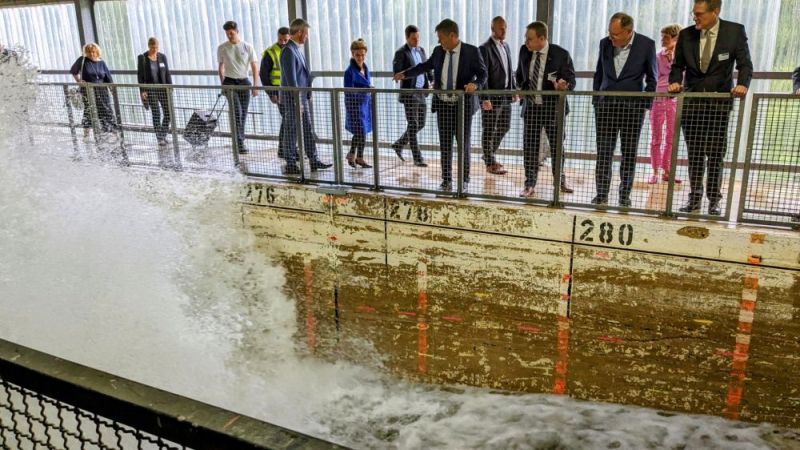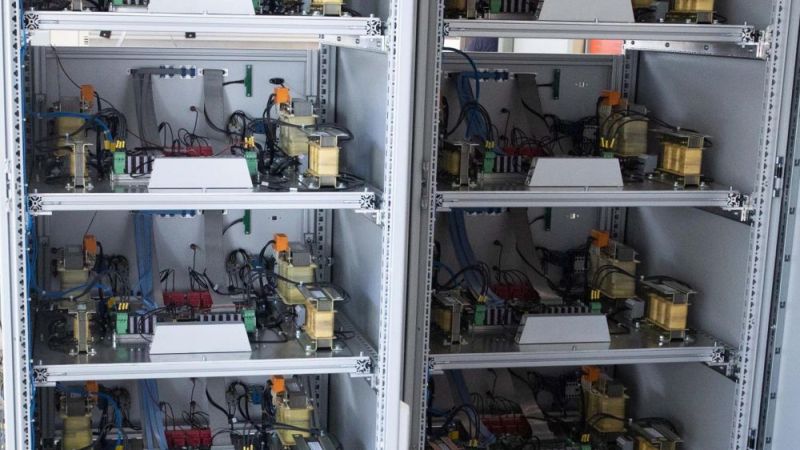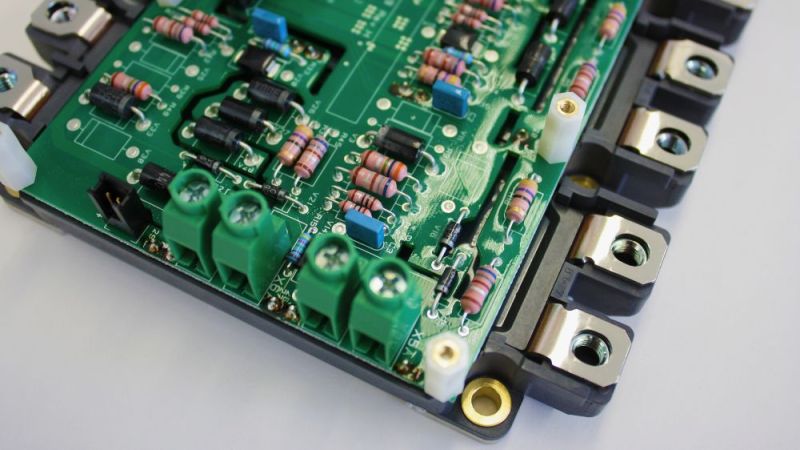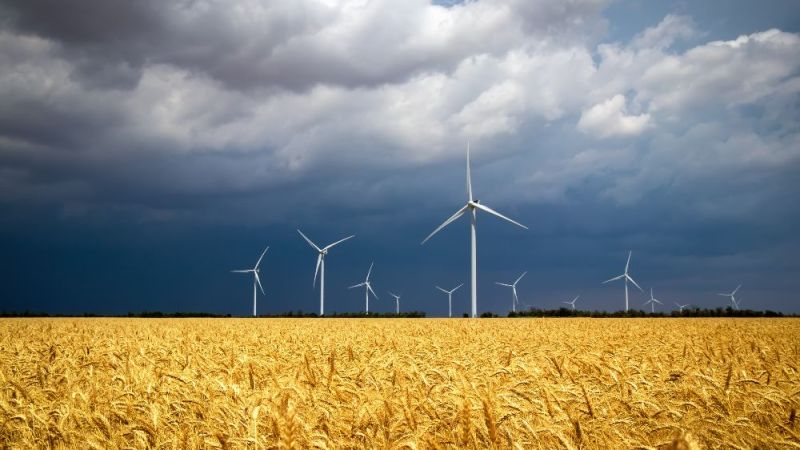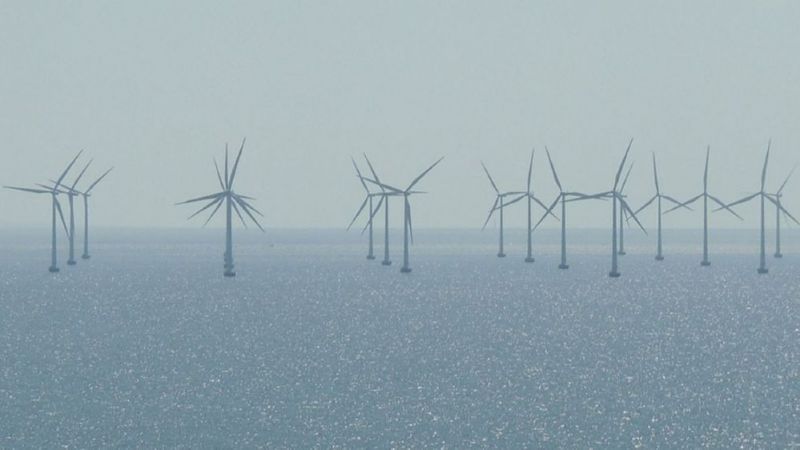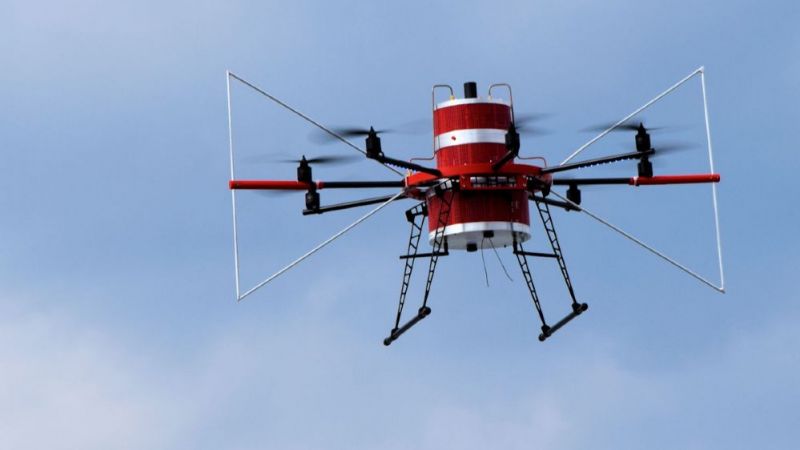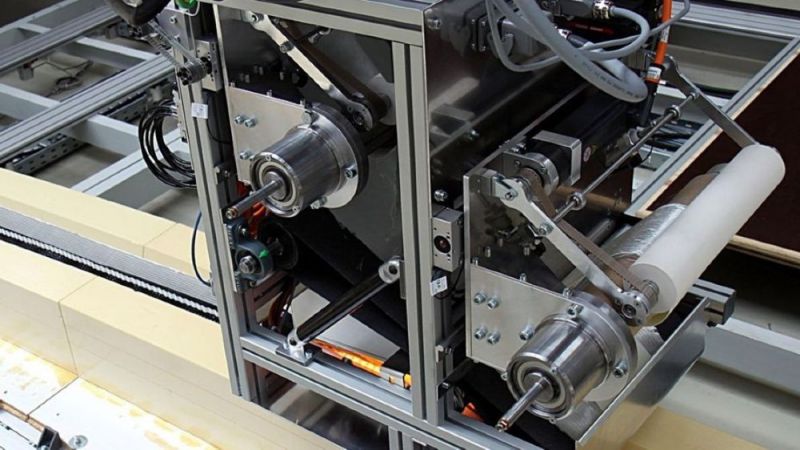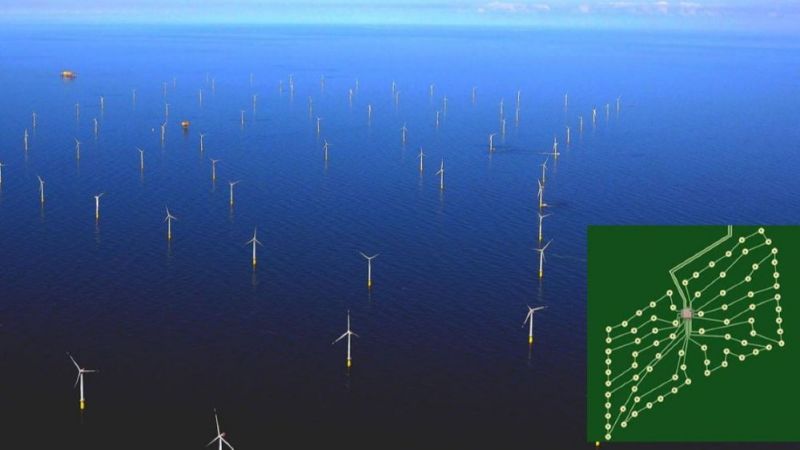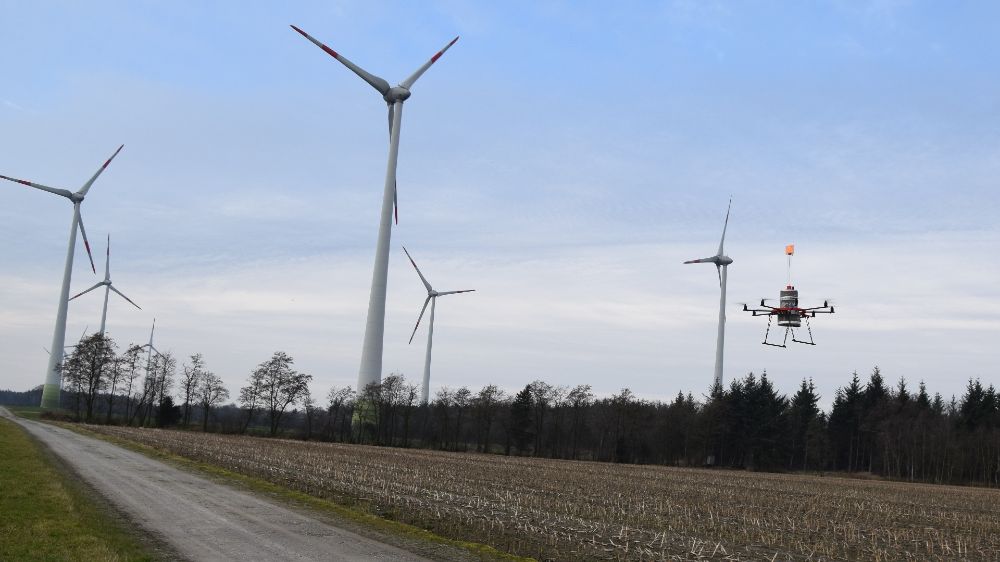
Physical factors
Issues surrounding mechanical loads or possible noise effects during operation require accurate knowledge of the incoming wind or of waves and ocean currents. With modern wind turbines increasing in size, more and more components are reaching the limits of their material properties. Efficient and cost-effective plant construction crucially depends on new materials, for instance for weight reduction or increased reliability. Consequently, the aim is to improve the recording of information about the material behaviour of rotor blades, concrete towers and other components. New and improved measuring technology is required to optimise the reliable recording of data on material properties and their fatigue behaviour under load conditions.
The sound emissions of wind turbines play a decisive role in the social acceptance of wind energy. Consequently, the aim is to promote research into the principles of sound generation, propagation and perception to improve the forecasting and modelling of sound: How can subsonic sound and low frequencies be forecast and quantified? What relevance does sound propagation have in the ground or in water? Improved models could identify operational conditions that make a particular contribution to noise reduction.


